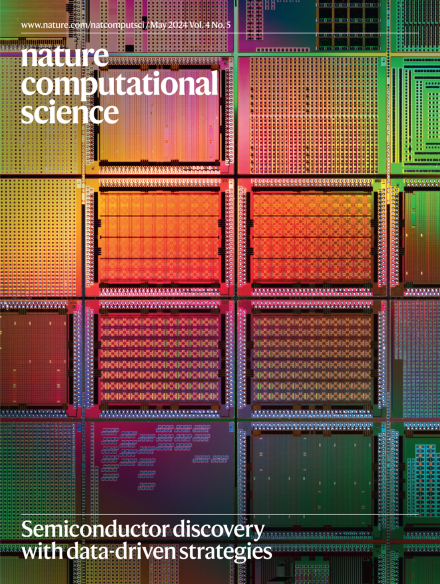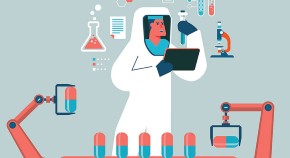
May issue now live!
Our May issue includes a Perspective on computational frameworks for semiconductor discovery, a database for structure-based drug discovery, and an algorithm to uncover laws of skill acquisition.

Our May issue includes a Perspective on computational frameworks for semiconductor discovery, a database for structure-based drug discovery, and an algorithm to uncover laws of skill acquisition.





Data about the transition states of rare transitions between long-lived states are needed to simulate physical and chemical processes; however, existing computational approaches often gather little information about these states. A machine-learning technique resolves this challenge by exploiting the century-old theory of committor functions.